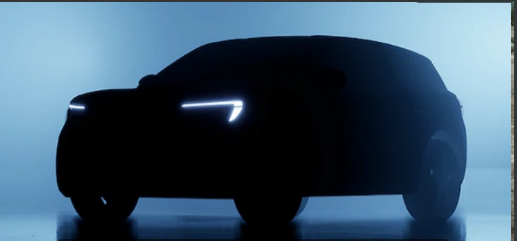
A recent report from Bloomberg provides further insights into Ford’s efforts to develop more affordable electric vehicles (EVs) as a strategic defense against the influx of low-cost Chinese EV imports. Confirming previous reports, Ford is establishing a small team in Irvine, California, led by Alan Clarke, a former Tesla executive. However, this initiative is causing a shift in Ford’s plans for a three-row electric SUV.
Ford
The report delves into the activities of the approximately 100-person team in Irvine, hinting at the development of several EV models. These vehicles, built on a versatile platform, are expected to have a starting price of around $25,000. Among the proposed models are a compact SUV, a small pickup truck, and a ride-hailing vehicle. Ford aims to leverage cost-effective lithium iron phosphate batteries and explore other battery technologies to ensure competitive pricing. CEO Jim Farley’s directive is clear: the new EVs must achieve profitability within 12 months of launch.
The initiative, initiated quietly about two years ago, is aimed at challenging Tesla and Chinese automakers by offering more affordable EV options. Farley emphasized the importance of this endeavor, highlighting the need to attract customers who are deterred by the high prices of existing EVs, many of which exceed $50,000.
Furthermore, Ford envisions the new platform as not just a means to produce affordable vehicles but also as a robust software base. The company plans to introduce subscription-based services, such as the popular Blue Cruise hands-free driving assist, to generate additional revenue. Ford Pro, its commercial vehicle division, has demonstrated the profitability of such services, representing a lucrative source of recurring income.
Farley acknowledges Tesla and Chinese automakers as formidable competitors due to their strong EV offerings and profitability models. While Ford is preparing for the launch of second-generation EVs starting in 2026, including updated versions of the F-150 Lightning and Mustang Mach-E, the focus remains on ensuring profitability from the outset.
Despite Ford’s $4.7 billion loss in its EV division (Ford e) last year, the company remains committed to investing 40 percent of its capital expenditures in EVs in 2024. The ultimate goal is to capitalize on the growing demand for EVs while achieving financial sustainability and profitability.